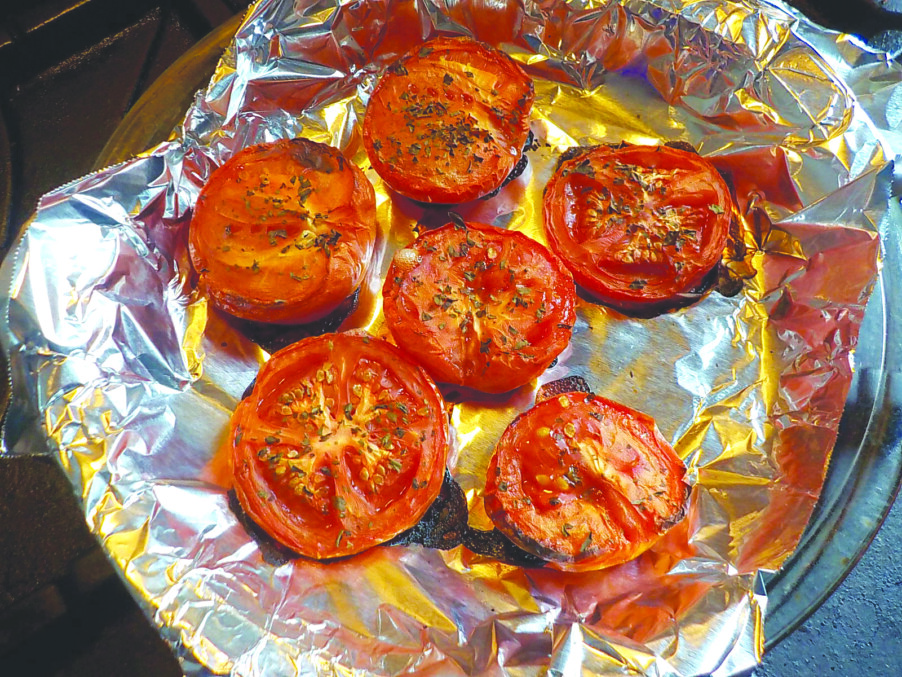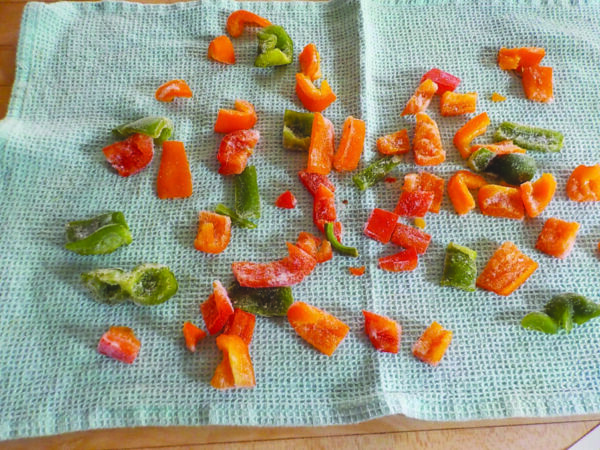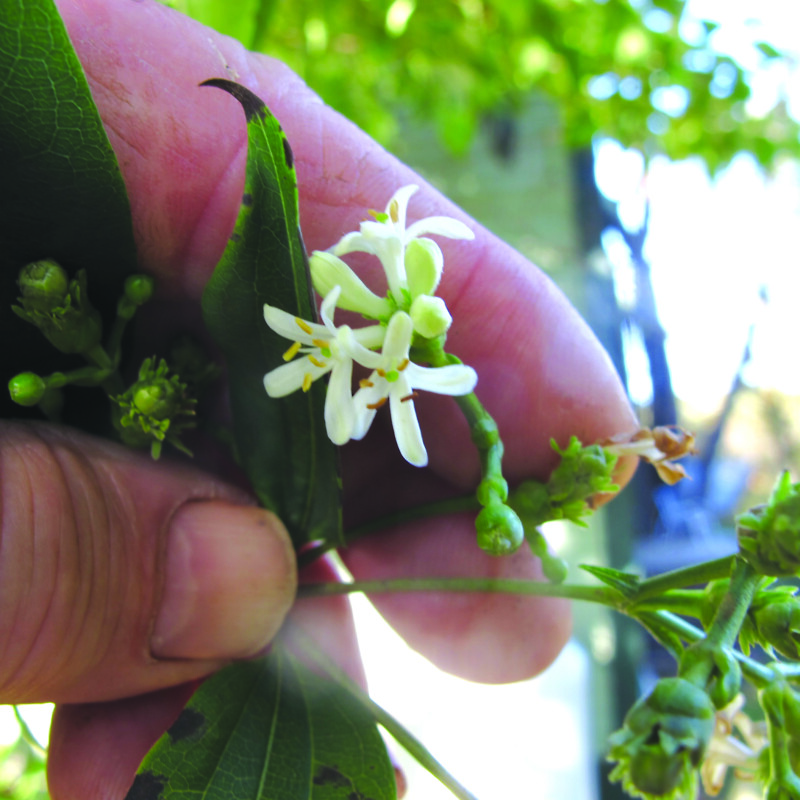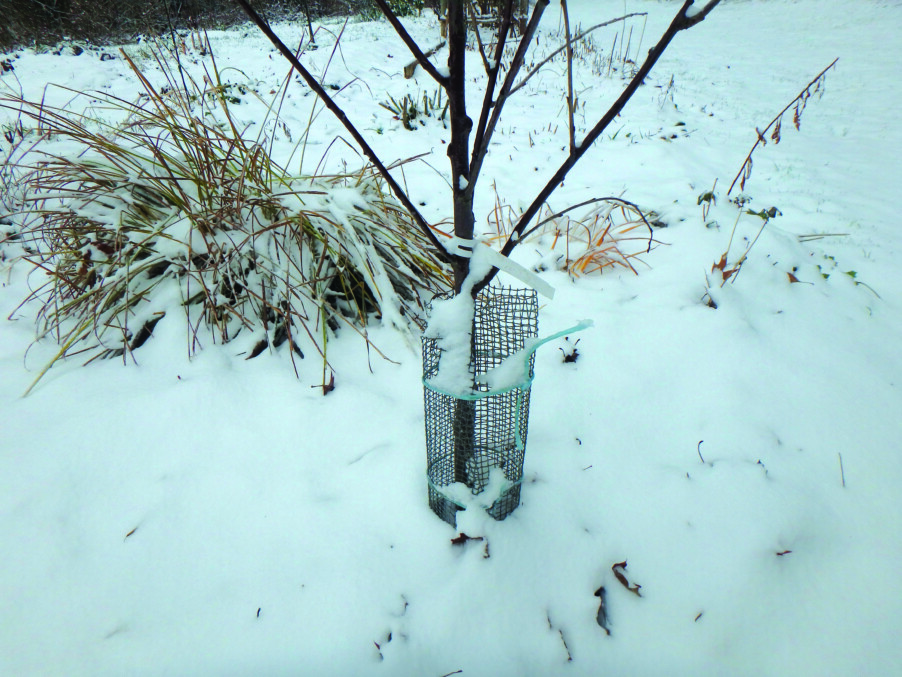Family fun for the weekend
Take the family to the museum
Or send the family to the museum — whichever works for your long holiday weekend with people of various ages at home and in need of amusement.
• The Currier Museum of Art (150 Ash St. in Manchester; currier.org, 669-6144) is open Friday through Sunday 10 a.m. to 5 p.m. (normally Thursdays as well, but not on Thanksgiving. Admission costs $15, $13 for 65+, $10 for students and $5 for ages 13 to 17 (children under 13 get in free). On Sundays, the Winter Garden Cafe offers a special brunch menu starting at 10 a.m. featuring mimosa flights, according to the website. Current exhibits include “As Precious As Gold: Carpets from the Islamic World,” “WPA in NH: Philip Guston and Musa McKim” and “Tomie dePaola at the Currier,” featuring the works of dePaola, writer and illustrator of 270 children’s books.
• SEE Science Center (200 Bedford St. in Manchester; see-sciencecenter.org, 669-0400) is open Tuesdays through Fridays (closed Thanksgiving) from 10 a.m. to 4 p.m. and Saturdays and Sundays from 10 a.m. to 5 p.m. Current displays and exhibits with hands-on examinations of science include BiologYou. Purchase reservations in advance via the website; admission costs $10 per person ages 3 and up. Or …
• On Saturdays, $13 admission price will get you admission to both the SEE Science Center and the Millyard Museum (200 Bedford St. in Manchester; 622-7531, manchesterhistoric.org/millyard-museum). Admission to just the Millyard Museum costs $8 for adults, $6 for 62+ and college students, $4 for children 12 to 18 and free for children under 12. The museum is open Tuesday through Saturday from 10 a.m. to 4 p.m. In addition to the permanent exhibits about Manchester’s history, the museum currently features the “New Hampshire Now” photography exhibit.
• The Aviation Museum of New Hampshire (27 Navigator Road in Londonderry; nhahs.org, 669-4820), featuring exhibits about the people and events of New Hampshire’s aviation history, is open Fridays and Saturdays from 10 a.m. to 4 p.m. and Sundays from 1 to 4 p.m.
• Find hands-on science and space-related exhibits at McAuliffe-Shepard Discovery Center (2 Institute Dr. in Concord; starhop.com, 271-7827), which is open Fridays, Saturdays and Sundays with sessions from 10 a.m. to 1 p.m. and 1:30 to 4 p.m. The center recommends purchasing timed tickets in advance; admission costs $11.50 for adults, $10.50 for students and seniors and $8.50 for kids ages 3 to 12 (admission is free for children 2 and under). Planetarium show tickets are also available and cost $5 per person (free for children 2 and under); see the website for the schedule of planetarium shows.
• The Children’s Museum of New Hampshire (2 Washington St. in Dover; childrens-museum.org, 742-2002) requires pre-purchased admission (which costs $11 per person, $9 for 65+ and no charge for children under 1). The museum will be closed Thanksgiving and Friday, Nov. 26, but will be open Saturday (from 9 a.m. to noon and 1 to 4 p.m.) and Sunday (from 9 a.m. to noon). In addition to weekends, the museum is normally also open Tuesday through Friday with timed admission from 9 a.m. to noon and 1 to 4 p.m.
• And perhaps for the teen whose face is stuck to their phone: The New Hampshire Telephone Museum (1 Depot St. in Warner; nhtelephonemuseum.org, 456-2234) is open Fridays and Tuesdays from 10 a.m. to 4 p.m. Admission costs $7 for adults, $6 for 60+ and $3 for students (1st through 12th grade).
Movies for the family
Another means of getting out of the house: go to the movies.
Playing in theaters starting Tuesday, Nov. 23, is Encanto, a Disney animated movie that is rated PG and features songs by Lin-Manuel Miranda.
Encanto joins other family-friendly offerings in theaters including Clifford the Big Red Dog (PG), which is also screening on Paramount+; Ron’s Gone Wrong (PG) and The Addams Family 2 (PG), which is also available for rent via VOD.
Story, craft & shopping
For you, Saturday, Nov. 27, is Small Business Saturday. For the kids, Saturday is also storytime at Bookery Manchester (844 Elm St.; 836-6600, bookerymht.com). The event is free and starts at 11:30 a.m. The book is Hershel and the Holiday Goblins by Eric A. Kimmel and the storytime will also include a wreath-making craft.






